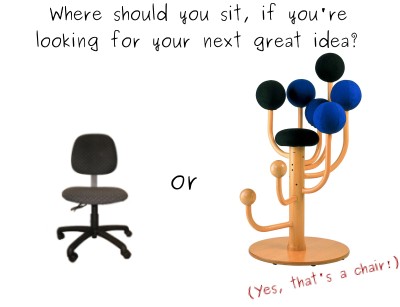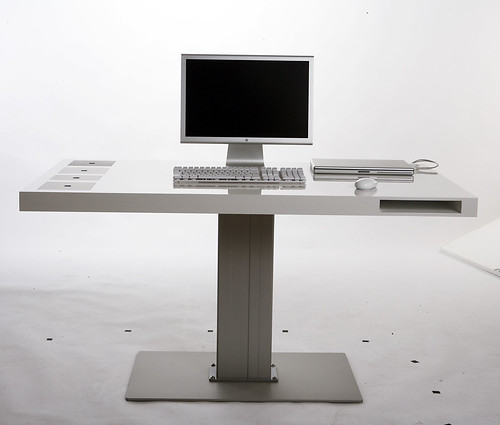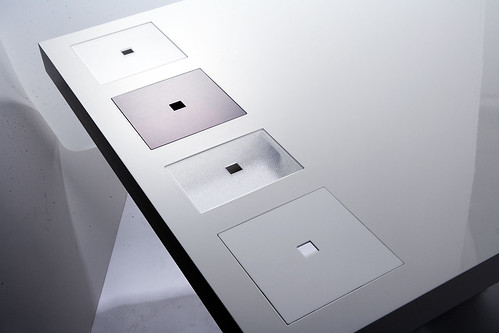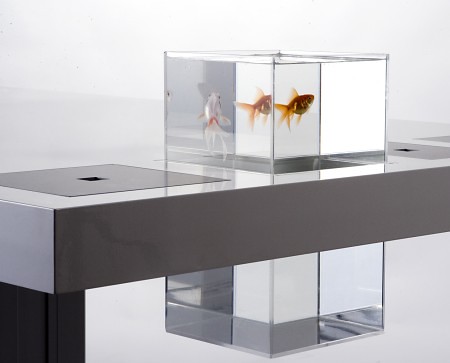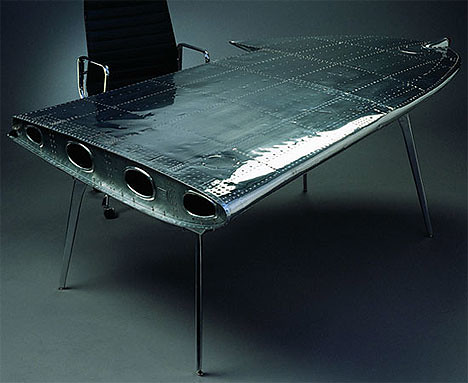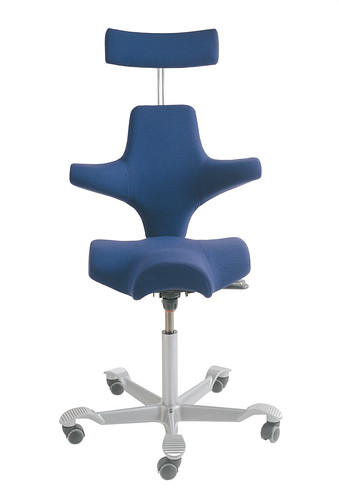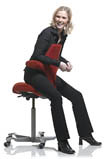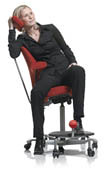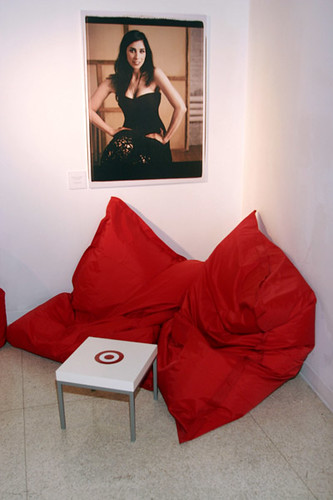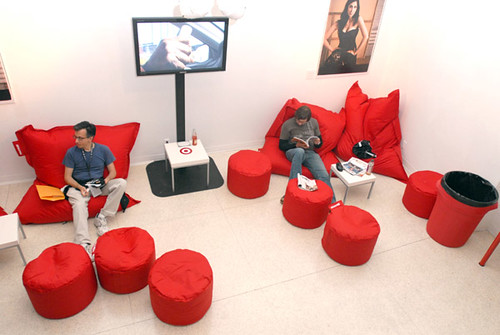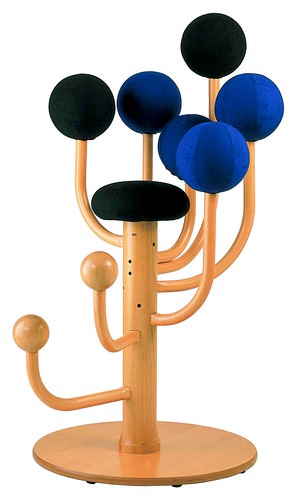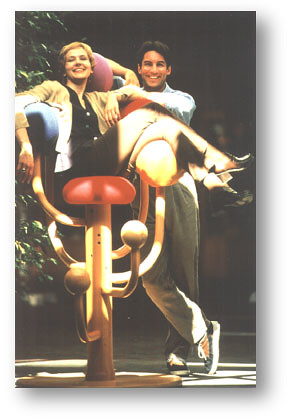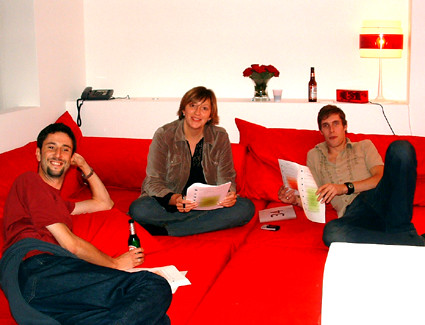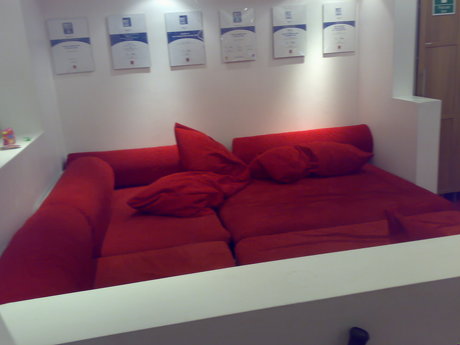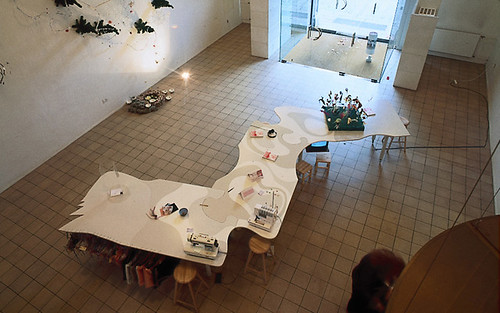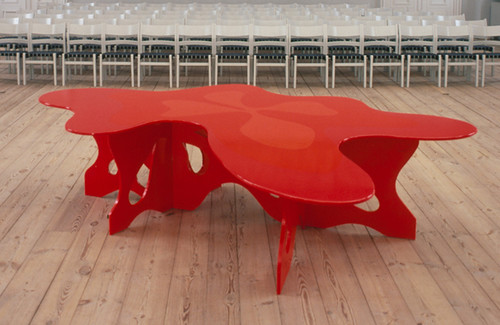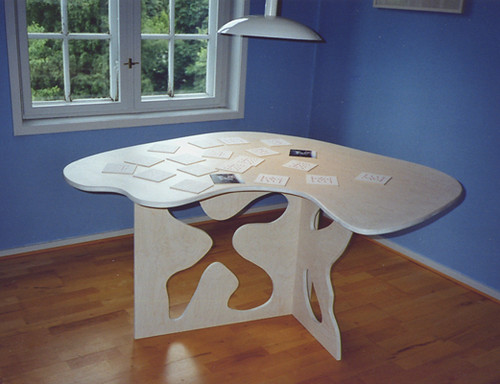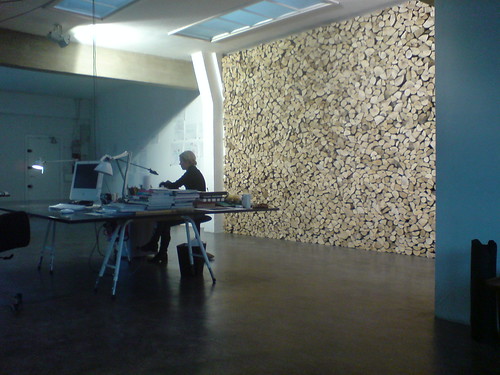Gene therapy gets closer to a 'cure'
Success stories, and fewer risks
 | Gene therapy helped Corey Haas, 8, regain some sight. He has a rare disease that was causing him to go blind. (COURTESY OF ETHAN HAAS) |
Two decades ago, medicine seemed on the cusp of a revolution. Doctors would soon treat diseases at their very roots, inserting "good" genes to replace patients' faulty ones. Gene therapy was a seductively straightforward idea that offered promise for treating everything from cancer to sickle cell disease.
But only now, after overcoming unexpected scientific obstacles and the high-profile death of a teenage patient, is gene therapy racking up some clear-cut successes. Promising studies are sending ripples of excitement through the field. Some researchers are daring to use the word cure.
"Yes, we have endured a few more years of questions about gene therapy: Does it really work? Is it really safe?" said Savio Woo, a professor at Mount Sinai School of Medicine in New York and a past president of the American Society of Gene Therapy. "Now we can show it does work, and it's safe."
That doesn't mean that people will be lining up for gene therapy any time soon. No treatments have been approved yet. But researchers are finally pointing to a few inspiring successes, untainted by the kind of tragedy that cast a shadow on the field in the past.
Gene therapy started the year with a bang: Researchers reported in the New England Journal of Medicine that the technique cured eight of 10 children suffering from usually lethal "bubble boy disease," a lack of immunity that leaves children vulnerable to infections. After two to eight years, all the patients were alive, unlike a previous trial.
That came on top of an announcement last year that two groups of researchers independently used gene therapy to treat a form of hereditary blindness in a small number of patients, restoring some vision. The evidence, also published in the New England Journal, was presented at a scientific conference in April.
"I've never seen [such] a response. . . . The audience basically burst into applause, sustained applause, cheering even. It was just amazing," said Sam Wadsworth, group vice president of translational research for
Two other studies this month add to the momentum. The journal Nature Medicine, reporting on a trial of 74 HIV patients, said gene therapy had modest but promising effects. A study in the journal Human Gene Therapy reported that two patients with rheumatoid arthritis saw a reduction in pain and swelling with gene therapy.
Eight-year-old Corey Haas of Hadley, N.Y., received gene therapy for a rare disease called Leber's congenital amaurosis, which was causing him to go blind. His family knew the treatment worked when, soon thereafter, Corey asked his parents when two of his friends changed their hair color. He could finally tell they were blonde, not brunettes.
Ethan Haas, Corey's father, said the treatment was worth it. "He'll be sitting in the back of the car and say, 'I can see the trees go by, and I couldn't see them before,' " Haas said.
The optimism generated by recent gene therapy advances is a far cry from just a few years ago.
"I reached a point I wouldn't even admit I was doing gene therapy," said Xandra Breakefield, a professor of neurology at Massachusetts General Hospital, describing the shadow cast on the field by the death of Jesse Gelsinger, 18, in 1999. He suffered from a genetic liver disease.
The idea of gene therapy emerged decades ago, as it became clear that scientists could isolate genes and insert them into cells. The first patient was treated with gene therapy in 1990 and since then, hundreds of trials have been conducted.
But with the simple idea of gene therapy came a slew of scientific challenges. Researchers use viruses, which can trigger the body's natural defenses, to deliver genes into cells. Viruses can also insert genes into the wrong place in the genome, potentially causing cancer.
Gelsinger died when the viruses used in the experiment triggered a massive immune response that led to his death. With his death came an outpouring of national concern. Some trials were suspended, a Senate hearing was held to examine the need for regulation, and it turned out some clinicians were not properly reporting adverse events.
Another shadow was cast beginning in 2002, when several children, part of a French trial treating "bubble boy disease," began to develop leukemia.
A sobered scientific community continued to work on the technology, but with more caution and without the hype.
Around the time Gelsinger died, Connie Burnett-West, diagnosed with fatal lung cancer and told she had seven months to live, enrolled in a gene therapy trial at the Mary Crowley Cancer Research Center, now in Dallas.
She is cancer-free today, something she credits to gene therapy. "It looks like to me, in my little nonscientific way, that this might be the wave of the future," said Burnett-West, 63.
What has changed since the days of doubt? Over the years, medical knowledge has improved. Researchers understand better how the immune system works and how to reduce the virus risk, in some cases by using a different virus. The tools doctors use are safer and more effective, said Dr. Jean Bennett, a professor of ophthalmology at the University of Pennsylvania, who treated hereditary blindness in Corey Haas and others.
Gene therapy "is now having results across different branches of medicine," said Dr. Fabio Candotti, a senior investigator with the National Human Genome Research Institute. "That's what makes you feel some things are beginning to work now."
Still, scientists proceed cautiously. Christopher Evans, a professor of orthopedic surgery at Harvard Medical School who worked on the arthritis trial, said it had been reduced from six patients to two because of an adverse event in an unrelated gene therapy trial.
A second planned trial, he said, has been set back a year because a patient died in a gene therapy arthritis trial led by a Seattle company in 2007, even though that death was not necessarily connected to the therapy.
Now one of the biggest challenges for the field may lie in the transition from basic science lab to clinic and eventually to the market.
"Because the medicine is so fundamentally different than what the pharmaceutical industry knows, it's been very difficult to engage the industry," said Richard Mulligan, director of the Harvard Gene Therapy Initiative. ". . . I think the technology is actually moving very nicely, but what's not been fixed is the interest of the industrial concerns that can really make the stuff happen."
Carolyn Y. Johnson can be reached at cjohnson@globe.com.



















 I've never traveled through space at
I've never traveled through space at  [
[








